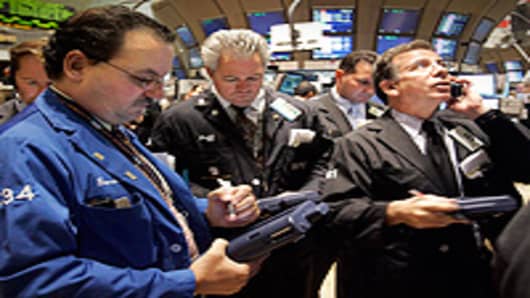Wheat and corn, meanwhile, continue to trade at sharply higher levels, as are most other agricultural commodities.
"Commodities are in a growth cycle," says Quincy Krosby, chief investment strategist at The Hartford. "The reason is simple: You have people all over the world changing the way they live, and that requires commodities. But it doesn't mean that along this spectrum you will not see many bubbles."
Energy commodities have been hot as well, with oil riding past $100 a barrel.
Jeffrey Frankel, president at Stuart Frankel, likes coal stocks such as Arch Coal, CONSOL Energy and Peabody Energy.
Sean Brodrick, natural resource analyst at Money & Markets, advocates plays in gold or silver in metals, cotton in agriculture, and oil.
"It wouldn't surprise me to see a pullback in certain commodities pretty soon," says Brodrick, who nonetheless has set a $1,065 target for gold and a $112 target for oil. He expects that after the pullback occurs it will be safe again to go back into the market, and expects most investors to follow that strategy.
Investors who are more risk-averse can play ETFs like the one that mimics gold's movement, streetTRACKS Gold Shares.
Bonds: Safe Havens or Snoozers?
The ultimate safe hiding place during stock market madness has always been bonds, and the trade has been inundated to the point of short-term notes hitting four-year yield lows well below 2 percent, making Treasurys an increasingly less attractive environment.
Municipal bonds have been popular with their usually higher yields, but they too have run into troubles in the form of higher prices and plummeting yields as demand for the auctioned bonds crumbled. February marked the worst month for munis in four years.
Muni Bonds: Jim Cramer's Take
And the news for bonds is unlikely to get better as the dollar continues to devalue and the Federal Reserve shows a continued willingness to cut interest rates while recession looms.
"There's a true dislocation in munis, in bank loan bonds. You want to be careful," says Krosby, while also pointing out that in investment trends, nothing lasts forever.
"It's not a question of whether you're going to get back into the (bond) market, it's a question of when."
Krosby says that once recession fears subside and the Fed starts raising interest rates, that will be a better time to get back into bonds.




